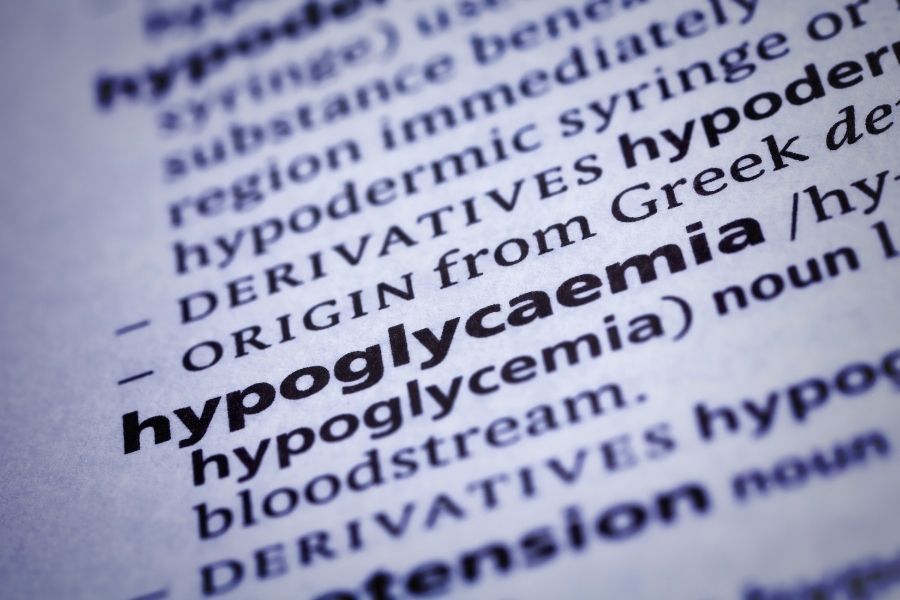
What is hypoglycaemia?
Hypoglycaemia, which is also called “low blood sugar,” occurs when the level of sugar in a person’s blood is too low.
Low blood sugar can happen in people with diabetes who are on certain diabetes medicines, including insulin and some types of pills.
When can people with diabetes have low blood sugar?
- Injecting too much insulin or taking an oral diabetes medication that causes your body to secrete insulin
- Not eating enough food
- Exercising vigorously without eating a snack or adjusting the dose of insulin beforehand
- Waiting too long between meals
- Drinking excessive alcohol, although even moderate alcohol intake can increase the risk of hypoglycaemia in people with type 1 diabetes
What are the symptoms of low blood sugar?
The symptoms of low blood sugar can be different from person to person, and can change over time. During the early stages of low blood sugar, a person may:
- Sweat or tremble
- Encounter fast heartbeat
- Experience lightheadedness or dizziness
- Feel hungry/Feel anxious
If the above symptoms are untreated, they can become more severe, which may include:
- Trouble walking or feeling weak
- Trouble seeing clearly
- Being confused, or acting in a strange way
- Passing out or having a seizure
What should I do if I have hypoglycaemia?

Raising blood sugar from quick sources of sugar – you can treat low blood sugar by eating or drinking quick sources of sugar, such as half cup of juice or regular soda (not sugar-free), 5-6 hard candies (not sugar-free) or 1 tablespoonful of honey.
Foods that have fat, such as chocolate, cake or cheese, do not treat low blood sugar as quickly. You and a family member should carry a quick source of sugar at all times.
What should I do after treatment?
After treatment for low blood sugar, most people can get back to their usual routine. Recheck your blood glucose after 15 minutes. Your doctor, pharmacist or nurse may recommend that you check your blood sugar level more frequently during the next 2 to 3 days as well.
If you still have low blood sugar after treatment, a family member or friend should take you to a hospital or call 9-9-5 for an ambulance,
How can I prevent low blood sugar?
- Check your blood sugar levels often – Your doctor, pharmacist or nurse will tell you how and when to check your blood sugar levels at home. He or she will also inform you what your blood sugar targets should be, and when to treat low blood sugar.
- Learn the symptoms of low blood sugar and be ready to treat it as early as possible. Treating low blood sugar early can prevent symptoms from becoming more severe.
.png)



















































